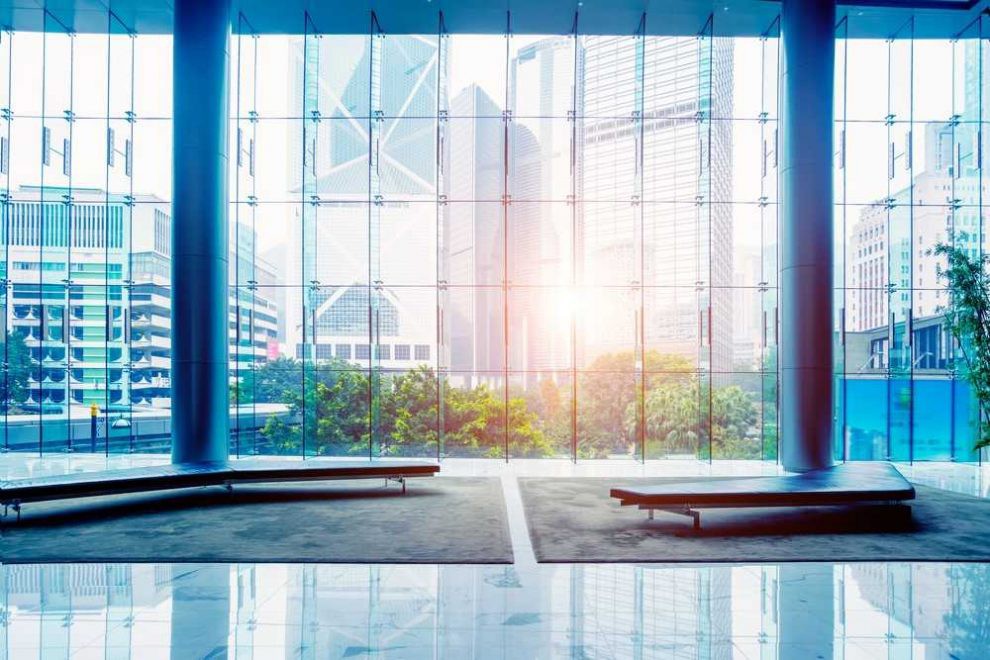Active buildings will be crucial in determining the future of our world

Brian Kilkelly, Development Lead, Climate-KIC, here argues that achieving Europe’s goal of limiting global warming to two degrees Celsius by 2030 requires radical action targeting the built environment, which today accounts for at least 40 per cent of total energy demands. Promising return on investment awaits the front-runners within active house and adaptable building technologies who put well-being at the top of their agenda.
The “passive house” has been a persistent trend among energy efficiency-minded building developers: It’s an approach that makes every effort to minimise energy use by ensuring super insulated and airtight buildings, with particular care to eliminate thermal bridges during construction. However, indoor air quality remains a challenge in passive houses. Fortress-like constructions perform well in conserving and thus limiting energy consumption—at the cost of good ventilation.
This effect forced innovators to go beyond the passive, net-zero energy building technology, and the first “active house” was built in Denmark in 2009. Active houses generate a surplus of energy through the use of solar panels, solar water heaters, geothermal heat pumps, or by thermally activating the entire building envelope through an intricate air infrastructure. This energy can either be used locally or be fed back to the grid, effectively enabling the house to function as a mini power plant and providing a source of income for its owner. Innovations such as Elon Musk’s Power Wall transforms the wall into a power bank, generating, storing, and releasing energy at convenient times.
The EU’s climate innovation community, EIT Climate-KIC, has observed the growing need to develop higher performance buildings. Real estate professionals worldwide have a crucial role to play in tackling the rise of air pollution, in supporting changes to work patterns, and in harnessing the power of nature to produce optimum conditions for their customers. In this way, climate change presents not only an enormous societal challenge but also a significant business opportunity.
Moreover, active houses are designed to provide a more comfortable environment than traditional green or passive buildings. This has a positive effect on performance, providing incentives to favour active buildings. EIT Climate-KIC has supported Chalmers University of Technology in developing the Smart Sustainable Offices tool. This tool provides design recommendations to decrease sick leave, energy expenses, and emissions while increasing performance and well-being.
Considering the fact that salaries typically account for 90 per cent of company operating costs, whereas costs for energy and rent only amount to one per cent and nine per cent respectively, there’s a strong case for considering any measure of limiting sickness among employees. The employers’ choice of what office to lease will increasingly be informed by the environmental qualities of the facilities. The EIT Climate-KIC supported start-up, Office Vitaehas developed an Office Vitality Index which ranks offices based on their performance in terms comfort, vitality, and environmental impact.
Chains of co-working spaces such as WeWork are emerging rapidly. These companies offer spaces that resemble hotels more than traditional offices, with a wide range of services to facilitate communication and collaboration. Smartphone apps that measure daylight levels and indoor air quality which guide the use of adaptable spaces are emerging. Natural materials and plants and being integrated to boost well-being even further. Google’s “Healthy Materials Program” has championed the practice of evaluating building products and materials through rigorous screening processes and linking them to the environmental and the social aspects of office buildings.
Active and adaptable building characteristics should be of interest to property developers and investors alike. Buildings with high ratings will be deemed more attractive, driving higher rent prices. Adaptability enables diversification of income sources and a possibility to maximise profits as well a flexibility with regards to changes that may need to be made in the future.
There is a clear return on investment in active and adaptable building prospects. The question for us all is, will we accelerate implementation in time to realise a safe and prosperous world?
News published on Climate KIC
Consult the source



